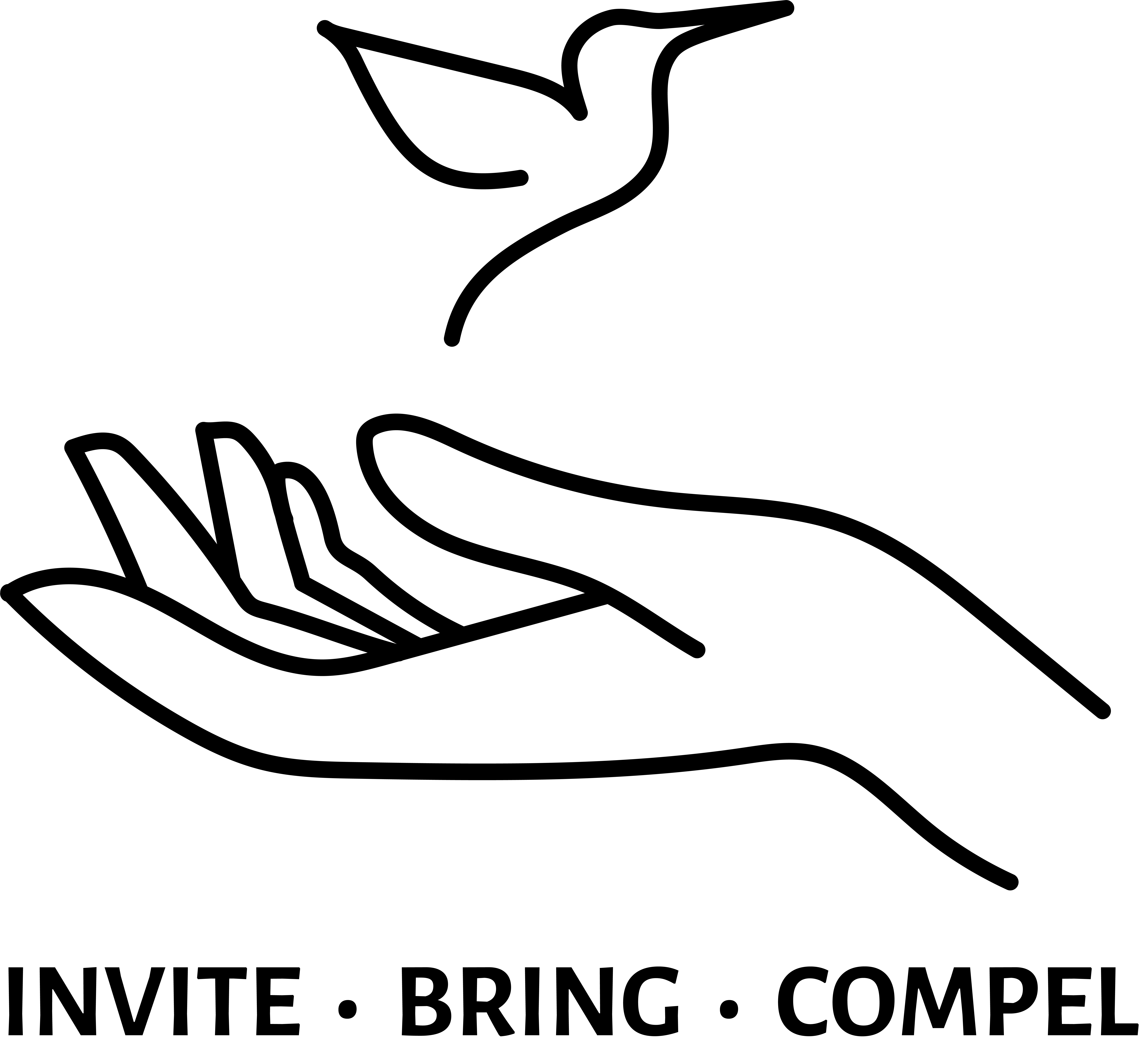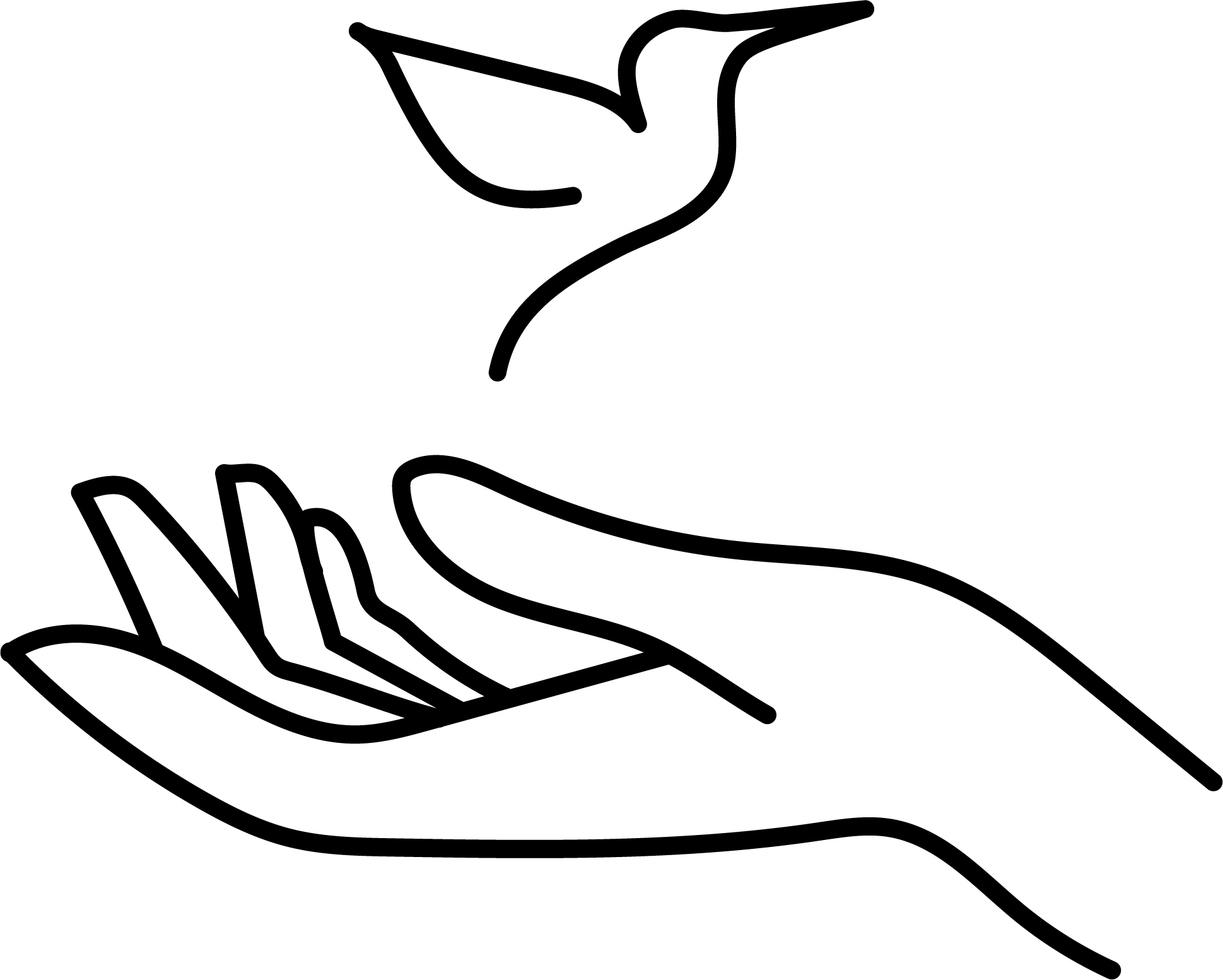Module 3: Creating a Disability Ministry

Blonde girl, smiling and wearing sunglasses and braces on her feet, sitting in a stroller. Image © Mission Bridge.
Reflection Questions
[qsm quiz=9]
Purpose
You’ve now nearly completed your training and I hope that you have been both challenged and encouraged. If, by chance, you are feeling overwhelmed by what you have learned or the thought of creating a disability ministry at your church, take a deep breath and quiet your heart for a moment. First, give yourself some grace. Seeing our churches and ministries through a disability lens might be difficult as it exposes shortcomings, but the goal is not to shame us into creating a brand new, separate ministry as some form of reparations or appeasement. The goal is really to help the church as a whole consider what it looks like for people living with disability to be included in all the other ministries and activities of the church already taking place. It is helpful to think of disability ministry as a tandem or support ministry to all the others. As you read through this next section jot down ideas about what this might look like at your church.
How to Get Started
The practical ways in which churches create space both physically and relationally for disabled people will be varied and unique to each community. It will depend greatly on the needs of the people attending and the structure of services, programs, and facilities. The ultimate goal is to provide members of the community who have special needs the opportunity to access gatherings and classes, grow in the knowledge of God’s word and his love for them, and develop meaningful relationships as a part of the church body. All decisions should be filtered through this lens.
Joni and Friends offers training and resources to churches as they start and develop disability ministries and offer five simple steps to get started.
1. Ask questions. Because needs can vary greatly in the disability community, asking those already in your church about their needs and what would allow them to participate in church life more fully is critical. This next statement might seem like a no-brainer but it must be said. When people tell you what they need, believe them. Few things could be more damaging in building a relationship with a family or person affected but disability than dismissing their needs as exaggerated, excessive, or impractical.
2. Set goals. If you are not able to meet all their needs right away, set goals and make a timetable for reaching them. This allows people to see that you are serious about making progress toward inclusion.
3. Define your leadership roles. One of the most important things you can do in creating a disability ministry is to make sure that needs are effectively communicated with the staff and leadership. Representation at staff meetings where decisions are made is critical. As the adage goes, “If you aren’t at the table, then you are on the menu.”
4. Recruit volunteers. One of the easiest ways to build a team of people supporting a disability ministry is by connecting it to the core values of your church and the gospel. This might mean referencing your mission statement when announcing the need for volunteers. It’s important to emphasize that “’not an expert’ does not mean ‘unqualified’” when you are building your team. Growing Christians who exhibit the fruit of the spirit are a great place to start.
5. Prepare your church culture. Of all five steps this can be the most challenging. It requires everyone to explore their own biases and inherited ableist attitudes, to reflect on ways we have discriminated against our disabled brothers and sisters. Being faced with our own complicity is uncomfortable, but we must do the hard work of self-reflection and changing our attitudes before we can teach others. When the initial, internal work has begun only then we can begin to change the culture of our congregations. Creating a sermon series on caring for the vulnerable or disability theology as seen throughout scripture can be helpful. Changing our own ableist language and gently correcting it in our communities will also shift the culture toward being more inclusive.
This work, both personal and corporate, is not a one-time event or conversation, this work is ongoing and needs to be revisited on a regular basis. Creating a disability ministry isn’t a destination but a process. Wherever your congregation is in the process of creating a disability ministry there are resources and people to help guide you.
Reflection Questions
[qsm quiz=10]
In Their Own Words
Listen to disabled people and their families share why a disability ministry is invaluable to them.
Reflection Question
[qsm quiz=11]
Music by RomanSenykMusic from Pixabay
Additional Resources
The Bible, Disability, and the Church: A New Vision of the People of God
By Amos Yong
A theologian whose life experience includes growing up alongside a brother with Down syndrome, Amos Yong in this book rereads and reinterprets biblical texts about human disability, arguing that the way we read biblical texts, not the Bible itself, is what causes us to marginalize persons with disabilities. Revealing and examining the underlying stigma of disability that exists even in the church, Yong shows how the Bible offers good news to people of all abilities ― and he challenges churches to become more inclusive communities of faith.
Avoiding Ableist Language
Disability metaphors abound in our culture, and they exist almost entirely as pejoratives, expressing contempt or disapproval. As Rachel Cohen-Rottenberg wrote on DisabilityandRepresentation.com, “If a culture’s language is full of pejorative metaphors about a group of people, that culture is not going to see those people as fully entitled to the same inclusion as people in a more favored group.” This handout’s primary purpose is to serve as a reference for linguistic microaggressions and everyday, casual ableism. Words/phrases in bold should be avoided and appropriate alternatives to common ableist terms and phrases are listed starting on page 4. It should be noted that not all people with disabilities/diagnoses will take offense to these phrases but this is a tool to start conversations about how language influences our attitudes and encourage self-reflection.
Disability and the Church: A Vision for Diversity and Inclusion
by Lamar Hardwick
Lamar Hardwick was thirty-six years old when he found out he was on the autism spectrum. While this revelation helped him understand and process his own experience, it also prompted a difficult re-evaluation of who he was as a person. And as a pastor, it started him on a new path of considering the way disabled people are treated in the church.
Disability and the Church is a practical and theological reconsideration of the church’s responsibilities to the disabled community. Too often disabled persons are pushed away from the church or made to feel unwelcome in any number of ways. As Hardwick writes, “This should not be.” He insists that the good news of Jesus affirms God’s image in all people, and he offers practical steps and strategies to build stronger, truly inclusive communities of faith.
Joni and Friends: Church Training Resources
Become a church that welcomes and embraces people with disabilities. People of all abilities need a church where they can fully belong. Joni and Friends can help you identify and remove barriers that impact people with disabilities and develop a church culture that sees all people as indispensable parts of the Body of Christ, created in God’s image, and worthy of dignity and respect.


